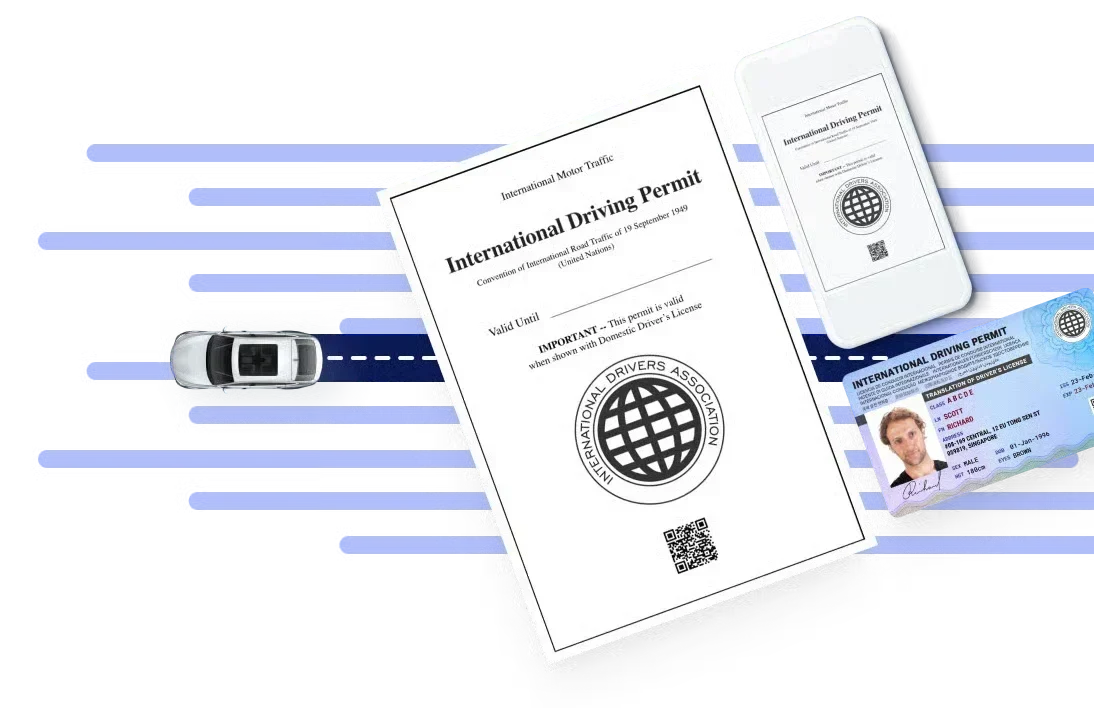The UK and India share a rich and intertwined history that is evident in many aspects of daily life. For instance, the UK is home to thousands of curry houses and Indian restaurants, a testament to the vibrant culinary influence of Indian culture. Conversely, football has captured the hearts of many in India, where fans passionately support Premier League teams.
However, if you plan to travel from India to the UK, you might want to set aside your cravings for Indian food. Let us help you explore beyond the comforts of home and discover the best of England, Scotland, Wales, and Northern Ireland.
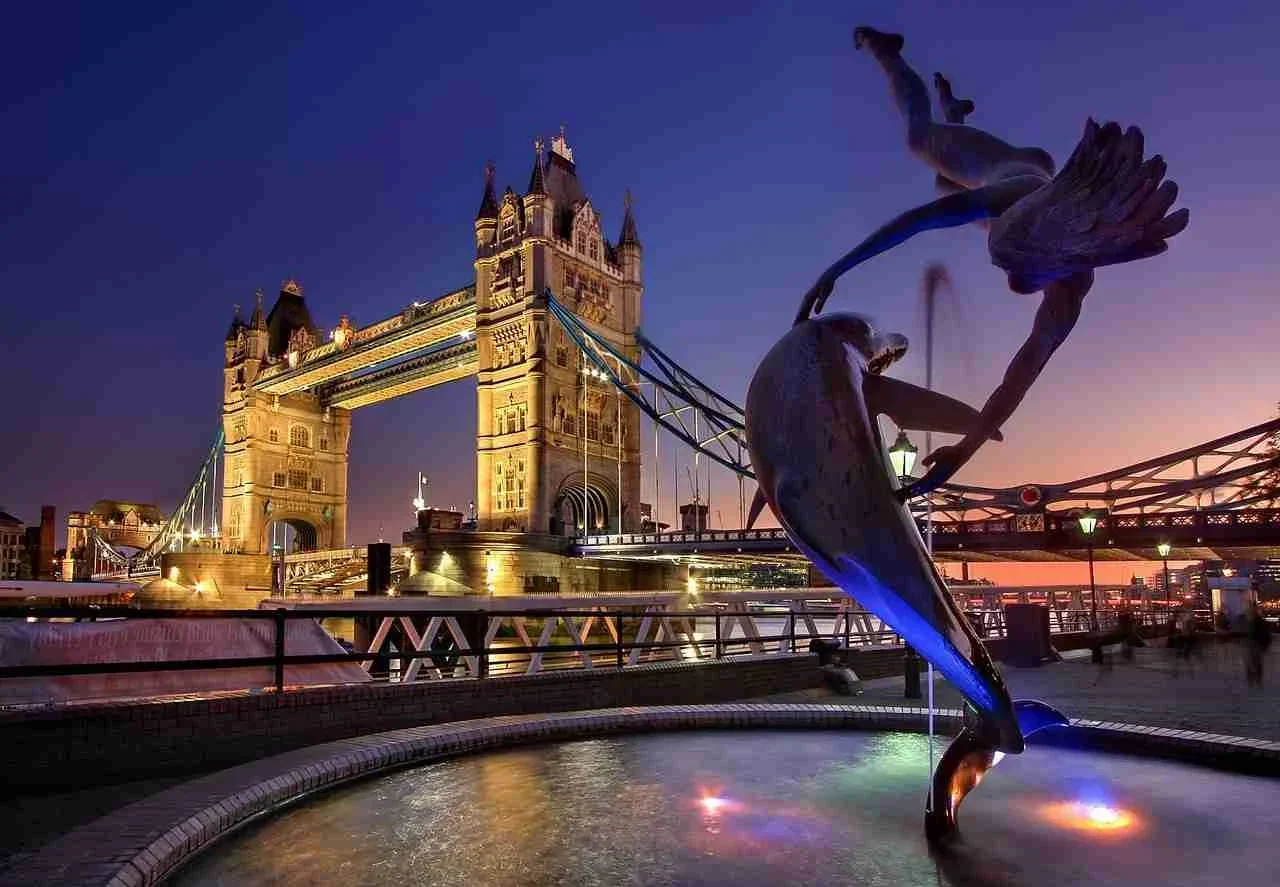
Source: Image by Julius Silver from Pixabay
UK Visa Guide: Entry and Requirements for Indians
Applying for a UK visa is mandatory for all Indian nationals, regardless of the purpose of your visit—whether it be tourism, business, study, or family reasons. The type of visa you need will depend on the specific purpose of your trip.
Standard Visitor Visa: Traveling for Tourism
If you’re planning a trip to the UK from India, applying for a Standard Visitor Visa is required. This visa is designed for various short-term visits, including tourism, family visits, business meetings, and short courses. It allows you to stay in the UK for 6 months.
How Much Does a Standard Visitor Visa Cost?
As of 2024, the application fee for a Standard Visitor Visa is £115 (approximately INR 9,500) for a stay of up to six months. If you plan to visit the UK frequently, you may also consider applying for a long-term visitor visa valid for two years (£432), five years (£771), or ten years (£963), although each visit is still limited to six months.
Apply for a Standard Visitor Visa in India
Indian travelers can apply for a Standard Visitor Visa online through VFS Global . After completing the online application form, you must schedule an appointment at a local visa application center (VAC) in India. Major cities with VACs include:
- New Delhi
- Mumbai
- Chennai
- Bengaluru
- Kolkata
Processing times for a Standard Visitor Visa take about three weeks from your appointment at the VAC. However, applying at least three months before your intended travel date is advisable to account for unforeseen delays.
Additional Types of UK Visas
In addition to the Standard Visitor Visa for tourism, several other visa types are available in the UK for extended periods and specific purposes.
Tier 4 Student Visa
The Tier 4 Student Visa is intended for individuals who wish to study in the UK. This visa is valid for the duration of your course plus a short period afterward.
Tier 2 General Work Visa
For skilled workers who have received a job offer from a UK employer, the Tier 2 General Work Visa is the appropriate option. This visa is typically valid for up to five years, depending on the terms of your employment.
Marriage Visitor Visa
If you plan to marry or register a civil partnership in the UK, then you need to apply for a Marriage Visitor Visa. This visa allows you to stay for up to six months.
Permitted Paid Engagement Visa
The Permitted Paid Engagement Visa is available for individuals invited to work in the UK for a short period—up to one month—in specific professions. To qualify for this visa, you must have an invitation from a UK-based organization or individual.
Entry Requirements for Indian Travelers
To successfully apply for a UK visa, Indian nationals must meet several entry requirements:
1. Valid Passport
Your passport must be valid for at least six months beyond your intended stay in the UK and should have at least two blank pages.
2. Completed Visa Application Form
You must complete the appropriate visa application form online through the UK Visas and Immigration website. Ensure that all information is accurate and matches your supporting documents.
3. Supporting Documents
Depending on the type of visa you are applying for, you will need various supporting documents, including financial statements, proof of accommodation in the UK, travel itinerary, or academic or employment documents (for student or work visas).
4. Biometric Information
All applicants must provide biometric information (fingerprints and photographs) at a designated visa application center.
5. Health Surcharge
If applying for a visa that lasts more than six months, you will need to pay an Immigration Health Surcharge (IHS) as part of your application, which allows access to NHS services during your stay.
6. Tuberculosis Test Results
If you plan to stay in the UK for more than six months, you may be required to undergo a tuberculosis (TB) test and provide a certificate confirming that you do not have TB.
Traveling to the UK from India
When planning your journey from India to the UK, consider these key points:
- London Heathrow (LHR): The primary international gateway with numerous direct flights from major Indian cities.
- London Gatwick (LGW): Another option with various international connections.
- Manchester Airport (MAN): A good alternative if heading to northern England or Scotland.
Most travelers typically start their trip in London, but you can also consider beginning your journey at Birmingham Airport (BHX) or Edinburgh Airport (EDI). Both airports offer a range of international flights and can serve as convenient entry points into the UK, depending on your travel plans.
Airline Options
When it comes to airlines, there are several choices available. Flights with one or two stopovers are often more economical than direct flights.
- British Airways: Offers direct flights from cities like Delhi and Mumbai.
- Air India: Provides non-stop services to London Heathrow.
- Emirates: Connects through Dubai, offering competitive fares and excellent service.
- Qatar Airways: Another popular choice with connections via Doha.
October and April are often highlighted as the most budget-friendly times to fly. You can use lower airfare options when flying from India to the UK.
However, if budget is not an issue, the best times to visit the UK are May through September and December. These periods offer pleasant weather and a variety of events to enjoy. Spring (April to June) brings blooming flowers and milder temperatures, making it ideal for outdoor activities. Summer (July and August) features the warmest weather, perfect for exploring attractions and participating in summer festivals.
Exploring the UK: Travel Options to Getting Around
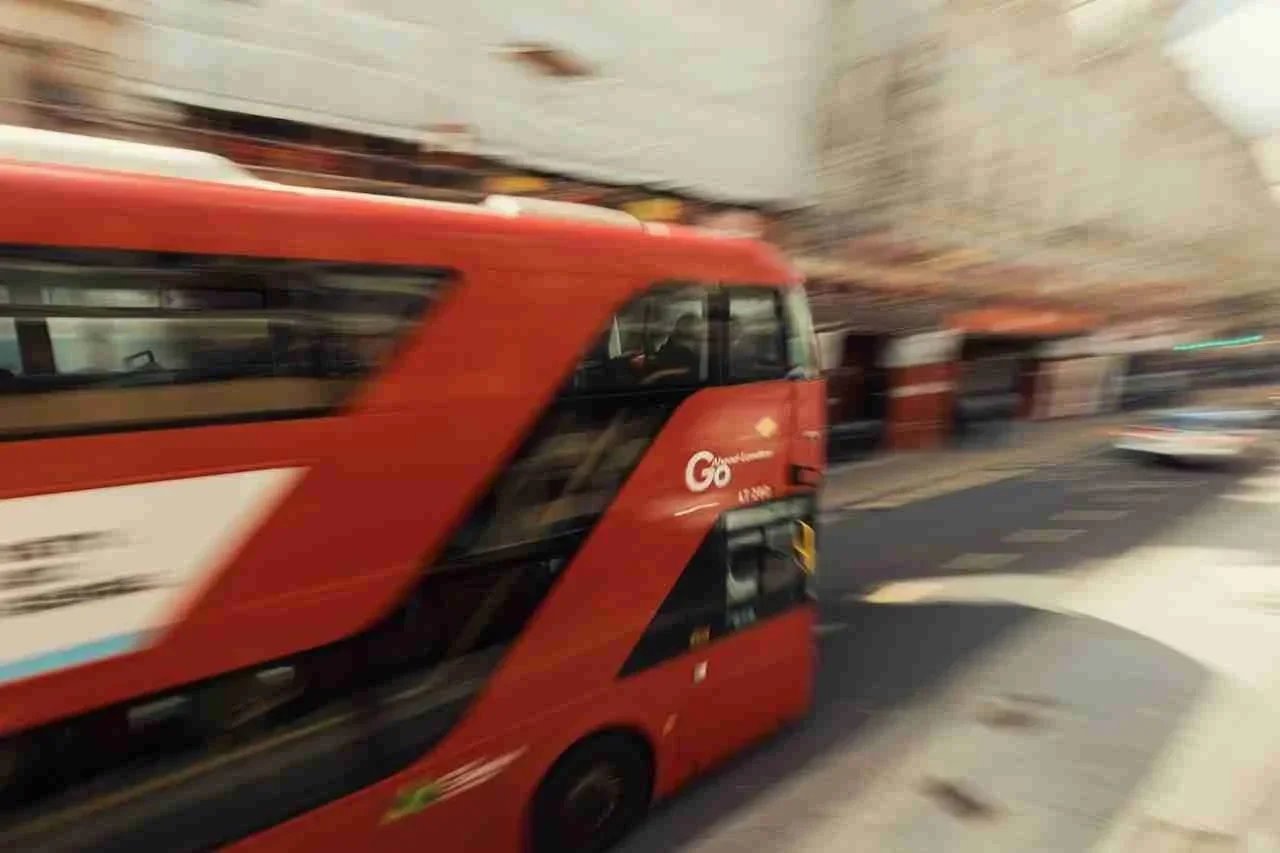
Source: Photo by Matheus Bertelli
In London, the Tube allows easy access to various attractions across the city. With its extensive network, you can reach popular sites like the London Eye, Buckingham Palace, and the British Museum quickly and efficiently. The UK has an extensive rail network that connects major cities and towns, making train travel one of the most efficient ways to get around.
Buses and Coaches
Buses are more cost-effective options for traveling within cities and between towns. National coach services like National Express and Megabus connect major cities at budget-friendly prices.
Renting a Car in the UK
Travelers cannot overlook the convenience and affordability of public transportation in the UK. However, driving in the UK offers distinct advantages that can enrich your experience. The countryside is dotted with charming villages, stunning coastlines, and lesser-known destinations often not well-served by public transport. You can explore picturesque locations such as the Cotswolds and the Scottish Highlands by renting a car.
If you plan to rent a car in the UK as an international traveler, you should obtain an International Driving Permit (IDP) after booking. The IDP serves as an official translation of your driving license and is recognized in many countries.
Diverse Attractions and Experiences in the UK
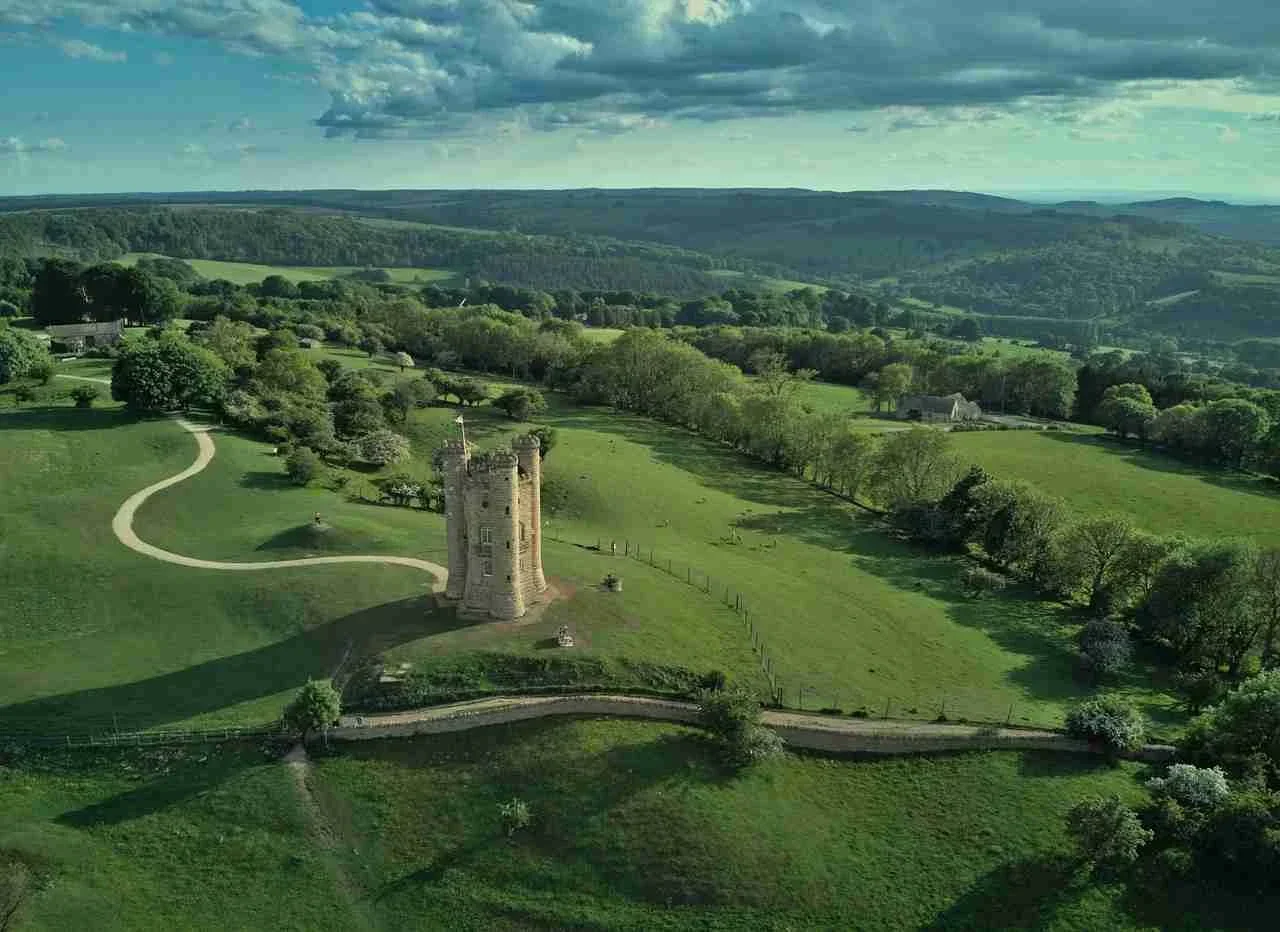
Source: Image by Jason from Pixabay
When you think of the UK, iconic landmarks like Stonehenge and the Tower of London often come to mind. While these historical sites undoubtedly deserve a prominent place on your itinerary, the true charm of the UK extends far beyond its bustling cities and famous attractions.
Discovering Scotland
Edinburgh, the capital city, boasts a stunning skyline dominated by Edinburgh Castle perched atop Castle Rock. Apart from strolling along the Royal Mile, these destinations and activities can be highlights of your trip:
Scottish Highlands
The Highlands are characterized by dramatic landscapes featuring mountains, lochs (lakes), and glens (valleys). A visit to Loch Ness offers opportunities for boat tours where you might glimpse “Nessie,” the legendary Loch Ness Monster. Additionally, Glen Coe is famed for its stunning scenery and hiking trails.
Isle of Skye
Skye is a paradise for nature lovers, known for its rugged landscapes and picturesque villages. Highlights include the Old Man of Storr rock formation and the Quiraing landslip, offering breathtaking hiking opportunities.
Whisky Tasting in Scotland
Visiting distilleries such as Glenfiddich or Macallan offers an opportunity to learn about Scotland’s national drink while sampling various whiskies. Many distilleries provide guided tours that delve into traditional production methods.
Historic Rail Journeys
Take a train ride on routes like the West Highland Line in Scotland or through the Cotswolds to experience landscapes from a unique perspective. These journeys often pass through villages and offer views of mountains and lakes.
Exploring Wales
If you have more time, head to Wales and discover its national parks and historic sites.
Snowdonia National Park
Home to Mount Snowdon—the highest peak in Wales—Snowdonia National Park offers breathtaking scenery and numerous outdoor activities. Visitors can hike to Snowdon’s summit or ride a scenic train up the mountain.
Caernarfon Castle
Caernarfon Castle is a UNESCO World Heritage Site, one of Wales’ most impressive medieval fortresses. With its imposing walls and towers overlooking the town of Caernarfon, this castle played a significant role in Welsh history.
Culinary Experiences
Explore local cuisine by dining at traditional pubs or participating in festivals celebrating regional dishes such as haggis in Scotland or Welsh cakes in Wales. Many cities also offer food tours that highlight local specialties.
Food and Dining in the UK
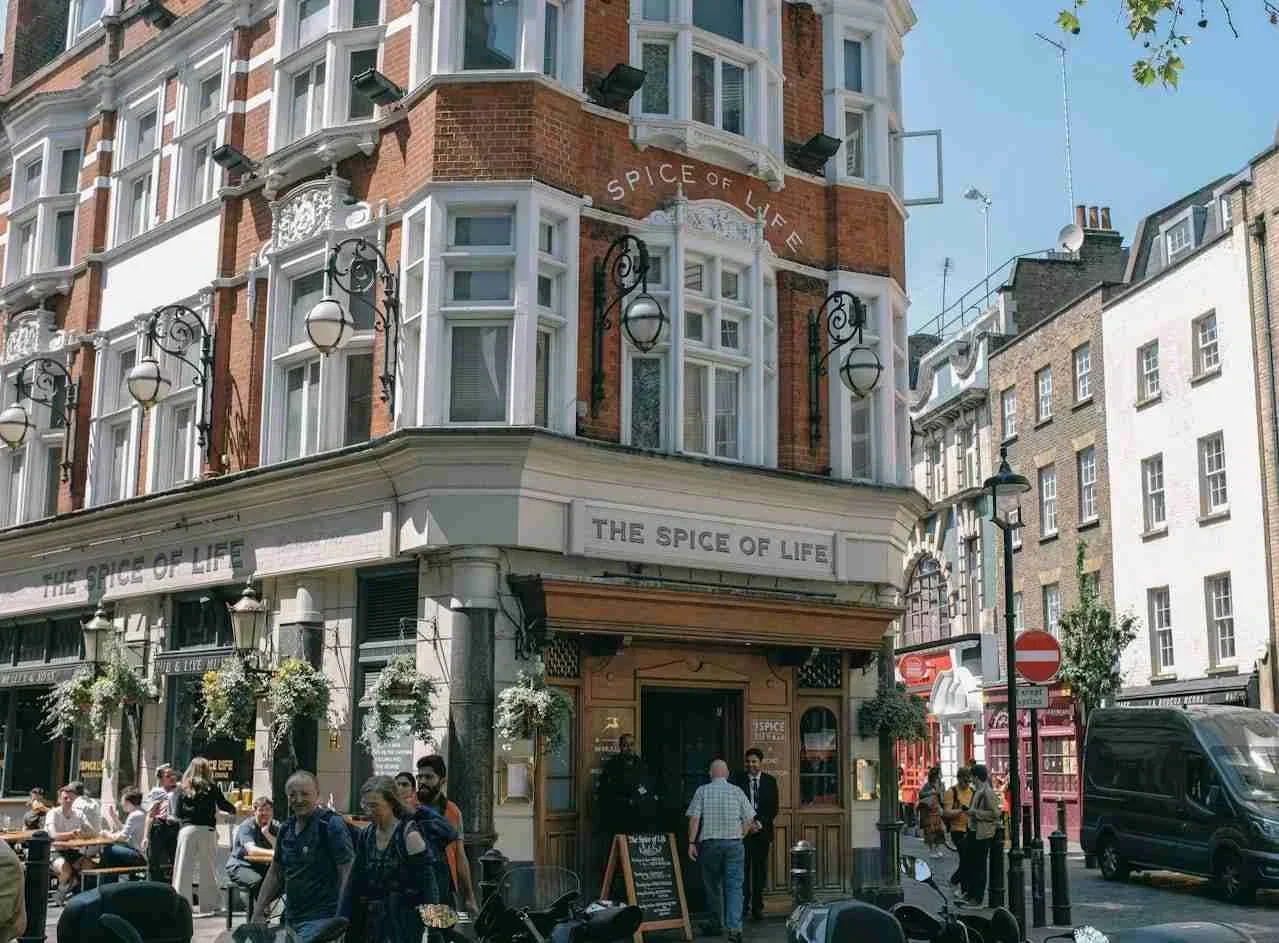
Source: Photo by Huy Phan
When you think of British cuisine, fish and chips may be the first dish that comes to mind. While this classic meal is a staple, there are various culinary delights that you can also try in the UK:
Full English Breakfast
A quintessential start to the day, a Full English Breakfast typically includes eggs (fried or scrambled), bacon, sausages, baked beans, grilled tomatoes, and toast or fried bread. It’s hearty and perfect for fueling a day of exploration.
Shepherd’s Pie
This comforting dish consists of minced lamb cooked with vegetables and creamy mashed potatoes. It’s baked until golden brown and is a favorite in many British households.
Bangers and Mash
A classic comfort food, bangers and mash features sausages with mashed potatoes and onion gravy. It’s simple yet delicious, often found in pubs across the country.
Roast Dinner
A traditional Sunday roast typically includes roasted meat (such as beef, chicken, or lamb), Yorkshire pudding, gravy, and various vegetables. This meal is often enjoyed with family and friends.
Cornish Pasty
Originating from Cornwall, this pastry is filled with meat (usually beef), potatoes, swede (rutabaga), and onions. It’s a convenient meal for on-the-go eating and is beloved throughout the UK.
Sticky Toffee Pudding
For dessert lovers, sticky toffee pudding is a must-try. This rich sponge cake made with finely chopped dates is drenched in a luscious toffee sauce and often served with vanilla ice cream or custard.
Explore Local Markets
Local markets such as Borough Market in London or St Nicholas Market in Bristol offer an array of fresh fruits, vegetables, artisanal cheeses, and baked goods. These markets often feature stalls run by local farmers and producers, ensuring high-quality ingredients that reflect the region’s culinary heritage.
Try Pub Grub
The British pub culture is integral to the country’s social fabric, offering a warm and welcoming atmosphere for locals and visitors. Many pubs offer traditional British fare at reasonable prices.
Indian-Friendly Dining Options
If you miss your favorite Indian dishes while in the UK, you’re in for a treat. The UK boasts a vibrant Indian diaspora, significantly enriching its culinary landscape.
Veeraswamy (London)
As one of the oldest Indian restaurants in the UK, Veeraswamy offers a menu that showcases dishes from various regions of India. In 2016, it attained a Michelin star. In recognition of its excellence, Veeraswamy was awarded a Michelin star in 2016, solidifying its reputation as a premier dining destination.
Dishoom (Various Locations)
Inspired by the Irani cafés of Bombay, Dishoom brings a taste of Mumbai through its biryanis, curries, and breakfast items like its famous bacon naan roll.
Cinnamon Club (London)
This restaurant is in a former Victorian library and offers modern Indian cuisine emphasizing seasonal ingredients.
Explore the UK’s Diversity
The UK is a treasure trove of diversity, offering a wide array of experiences that span from the busy streets of England to the breathtaking landscapes of Scotland. Don’t forget to pack some essentials to ensure a smooth trip. Items like an umbrella for the unpredictable weather, your International Driving Permit (IDP) for UK if you plan to drive, and comfortable walking shoes will enhance your travel experience.
FAQs
Do Indian citizens need a visa to visit the UK?
Yes, Indian citizens require a visa to enter the UK. You must apply for a visa before traveling, as the UK does not offer visa-on-arrival facilities for Indian nationals.
How long does it take to process a UK visa application?
Typically, UK visa processing takes about three weeks; however, it can take longer depending on various factors, including the type of visa applied for and individual circumstances.
What is the cost of a UK visitor visa for Indians?
The cost varies based on the type of visa:
- Standard Visitor Visa (up to six months): Approximately £115 (around INR 9,000).
- Long-term visitor visas (valid for up to two years): Approximately £432 (around INR 34,000).
What should I pack for my trip to the UK?
Make sure to bring these items for a secure and hassle-free trip:
- An umbrella or raincoat due to unpredictable weather.
- Comfortable walking shoes for exploring cities and countryside.
- Layered clothing suitable for varying temperatures.
- Travel insurance documentation.
Can I drive in the UK with my Indian driving license?
You can drive in the UK using your Indian driving license for up to 12 months from your arrival date. However, obtaining an International Driving Permit (IDP) before your trip is advisable for easier car rental and legal compliance.
Is travel insurance necessary when visiting the UK?
While not mandatory, obtaining travel insurance is highly recommended. It covers unexpected events such as medical emergencies, trip cancellations, or lost luggage.

